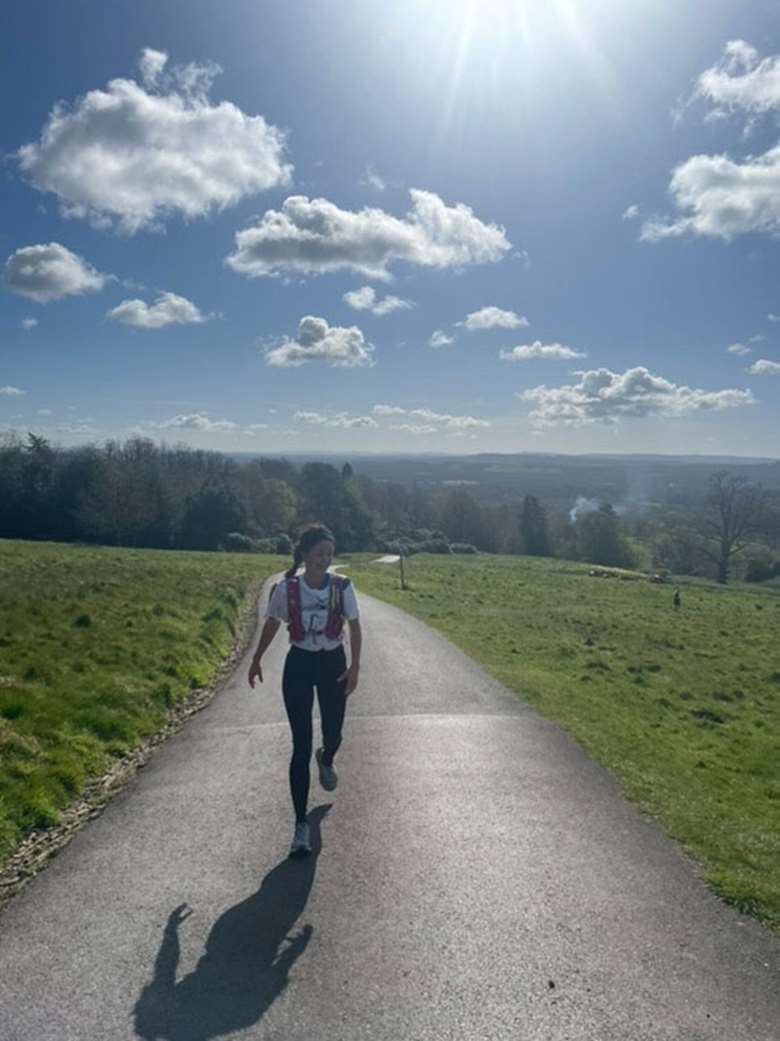Running up that hill: what do Ligeti's Etudes and ultra endurance sports have in common?
Friday, July 1, 2022
Pianist Christina McMaster reflects on the extreme demands that are placed on artists and athletes alike

Register now to continue reading
Thanks for exploring the Gramophone website. Sign up for a free account today to enjoy the following benefits:
- Free access to 3 subscriber-only articles per month
- Unlimited access to our news, podcasts and awards pages
- Free weekly email newsletter









